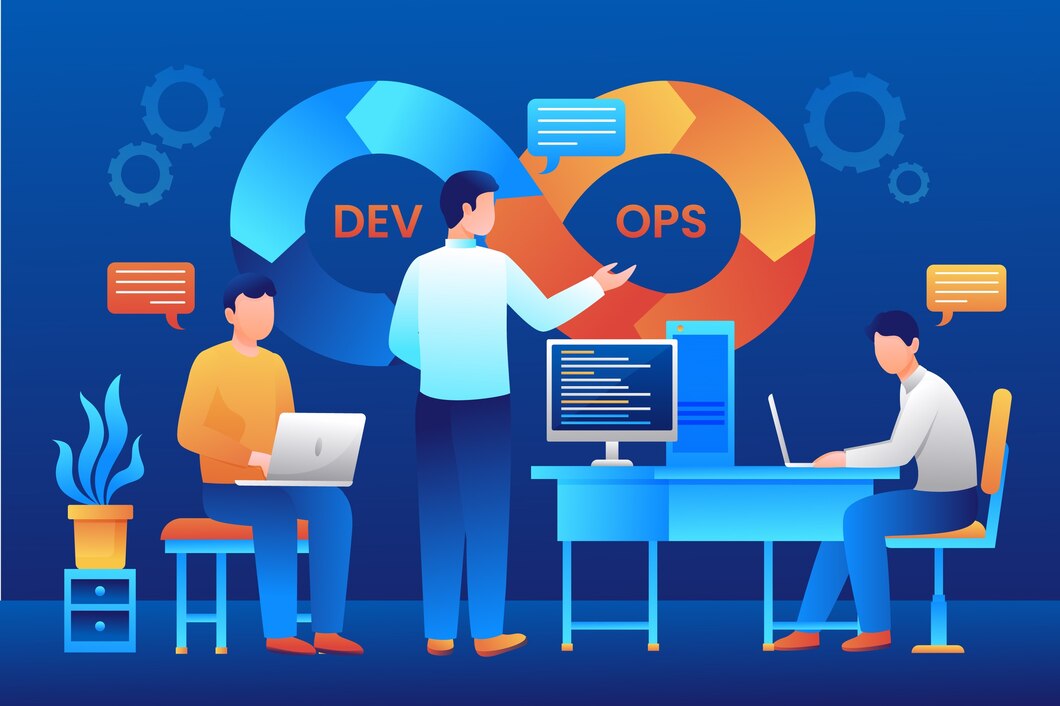Optimizing Backend Systems for Better Performance
In today’s fast-paced digital landscape, the performance of backend systems is crucial for delivering a seamless user experience. Slow loading times, frequent crashes, and poor responsiveness can lead to frustrated users and lost business opportunities. To tackle these challenges, organizations must optimize their backend systems for better performance.
Table of Contents
Why Optimize Backend Systems?
Optimizing backend systems is essential for several reasons:
- Enhanced User Experience: Faster loading times and smoother interactions improve user satisfaction and retention.
- Increased Efficiency: Optimized systems can handle more requests with fewer resources, leading to cost savings and better resource utilization.
- Competitive Advantage: High-performance backend systems enable organizations to deliver innovative features and services faster than their competitors.
Common Bottlenecks in Backend Systems
Before diving into optimization techniques, it’s important to identify common bottlenecks that can hinder backend performance:
- Database Queries: Inefficient queries can slow down data retrieval and processing.
- Resource Contention: Limited CPU, memory, or network bandwidth can cause delays and timeouts.
- Third-Party Dependencies: External services or APIs can introduce latency and reliability issues.
- Code Complexity: Poorly written or unoptimized code can lead to performance degradation over time.
Techniques for Optimizing Backend Systems
To overcome these bottlenecks and improve backend performance, consider implementing the following techniques:
Database Optimization:
Indexing: Create indexes on frequently queried columns to speed up data retrieval.
Query Optimization: Review and optimize slow-running queries using techniques like query caching and query profiling.
Database Sharding: Distribute data across multiple servers to handle larger workloads.
Caching Mechanisms:
In-Memory Caching: Use caching solutions like Redis or Memcached to store frequently accessed data in memory for faster access.
Content Delivery Networks (CDNs): Cache static assets closer to users to reduce latency.
Load Balancing and Auto-Scaling:
Load Balancers: Distribute incoming traffic across multiple servers to prevent overload and ensure even resource utilization.
Auto-Scaling Groups: Automatically adjust the number of instances based on demand to handle traffic spikes efficiently.
Code Optimization:
Profiling and Benchmarking: Identify performance bottlenecks using profiling tools and benchmarking tests.
Algorithmic Improvements: Optimize algorithms and data structures to reduce computational complexity.
Code Refactoring: Regularly review and refactor code to eliminate inefficiencies and improve maintainability.
Asynchronous Processing:
Message Queues: Use message queues like RabbitMQ or Apache Kafka to handle time-consuming tasks asynchronously, improving response times.
Background Jobs: Offload non-critical tasks to background processes to free up server resources.
Monitoring and Logging:
Performance Monitoring Tools: Implement monitoring solutions like Prometheus, Grafana, or New Relic to track system metrics and identify issues proactively.
Logging and Error Tracking: Use logging frameworks and error tracking tools to capture and analyze exceptions and errors.
Security Considerations:
Efficient Authentication and Authorization: Implement secure yet efficient mechanisms to authenticate users and authorize access.
Data Encryption: Encrypt sensitive data both in transit and at rest to protect against unauthorized access.
Containerization and Orchestration:
Docker Containers: Containerize applications to ensure consistency across different environments and improve deployment efficiency.
Kubernetes Orchestration: Use Kubernetes to manage containerized applications, enabling easy scaling and resource management.
Microservices Architecture:
Decoupled Services: Break down monolithic applications into smaller, independent microservices for better scalability and maintainability.
Service Mesh: Implement a service mesh like Istio or Linkerd to manage communication between microservices efficiently.
Infrastructure as Code (IaC):
Consistent Environments: Use IaC tools like Terraform or CloudFormation to define infrastructure configurations in code, ensuring consistency across development, testing, and production environments.
Automated Provisioning: Automate infrastructure provisioning to reduce manual errors and improve deployment speed.
Case Study: Optimizing an E-commerce Platform
Let’s consider a hypothetical e-commerce platform that experienced slow loading times during peak shopping seasons, leading to cart abandonment and lost sales. Here’s how they approached backend optimization:
Database Optimization:
Indexing: Added indexes on frequently queried product attributes and user data.
Query Optimization: Rewrote slow-running queries and implemented query caching for read-heavy operations.
Caching Mechanisms:
Redis Caching: Implemented Redis to cache product catalogs and user session data.
CDN Integration: Used a CDN to serve static assets like images and CSS files, reducing latency for geographically dispersed users.
Load Balancing and Auto-Scaling:
ELB Configuration: Configured Elastic Load Balancers to distribute traffic across multiple EC2 instances.
Auto-Scaling Groups: Set up auto-scaling policies to automatically adjust the number of instances based on CPU utilization and request counts.
Code Optimization:
Profiling: Used profiling tools to identify and optimize performance hotspots in the codebase.
Code Refactoring: Refactored critical sections of the code to improve efficiency and reduce redundant computations.
Asynchronous Processing:
Message Queues: Introduced RabbitMQ to handle order processing and email notifications asynchronously.
Background Jobs: Offloaded image resizing and PDF generation tasks to background workers.
Monitoring and Logging:
Prometheus and Grafana: Set up Prometheus for metric collection and Grafana for visualizing performance metrics.
Sentry for Error Tracking: Integrated Sentry to capture and analyze exceptions in real-time.
After implementing these optimizations, the e-commerce platform saw a significant improvement in performance during peak periods, with reduced loading times and increased throughput. This led to higher user satisfaction and a boost in sales.
Best Practices for Continuous Performance Improvement
Optimizing backend systems is an ongoing process. To maintain and further enhance performance, consider the following best practices:
- Regular Performance Testing: Conduct periodic performance tests to identify bottlenecks and areas for improvement.
- Continuous Profiling: Use always-on profiling tools to monitor application performance in production.
- User Feedback Loop: Collect and act on user feedback to prioritize performance improvements that directly impact user experience.
- Stay Updated with Latest Technologies: Keep abreast of new tools and techniques in backend optimization and consider integrating them into your systems.
- Documentation and Knowledge Sharing: Maintain thorough documentation of optimizations performed and share knowledge across the team to foster a culture of performance excellence.
Conclusion
Optimizing backend systems is vital for delivering a high-performing and reliable user experience. By identifying and addressing common bottlenecks, implementing proven optimization techniques, and adopting best practices for continuous improvement, organizations can ensure their backend infrastructure remains efficient and scalable in today’s demanding digital landscape.







